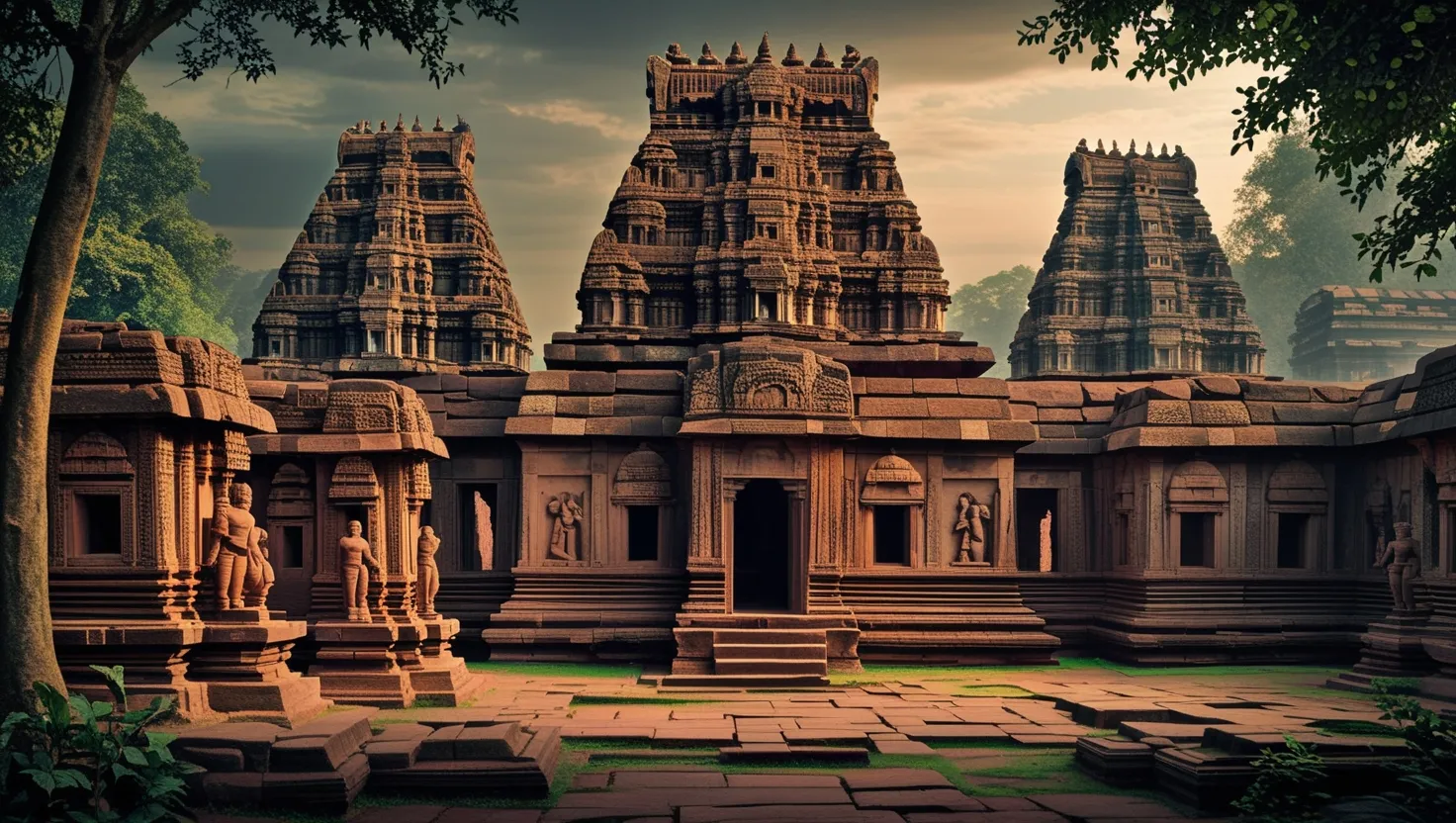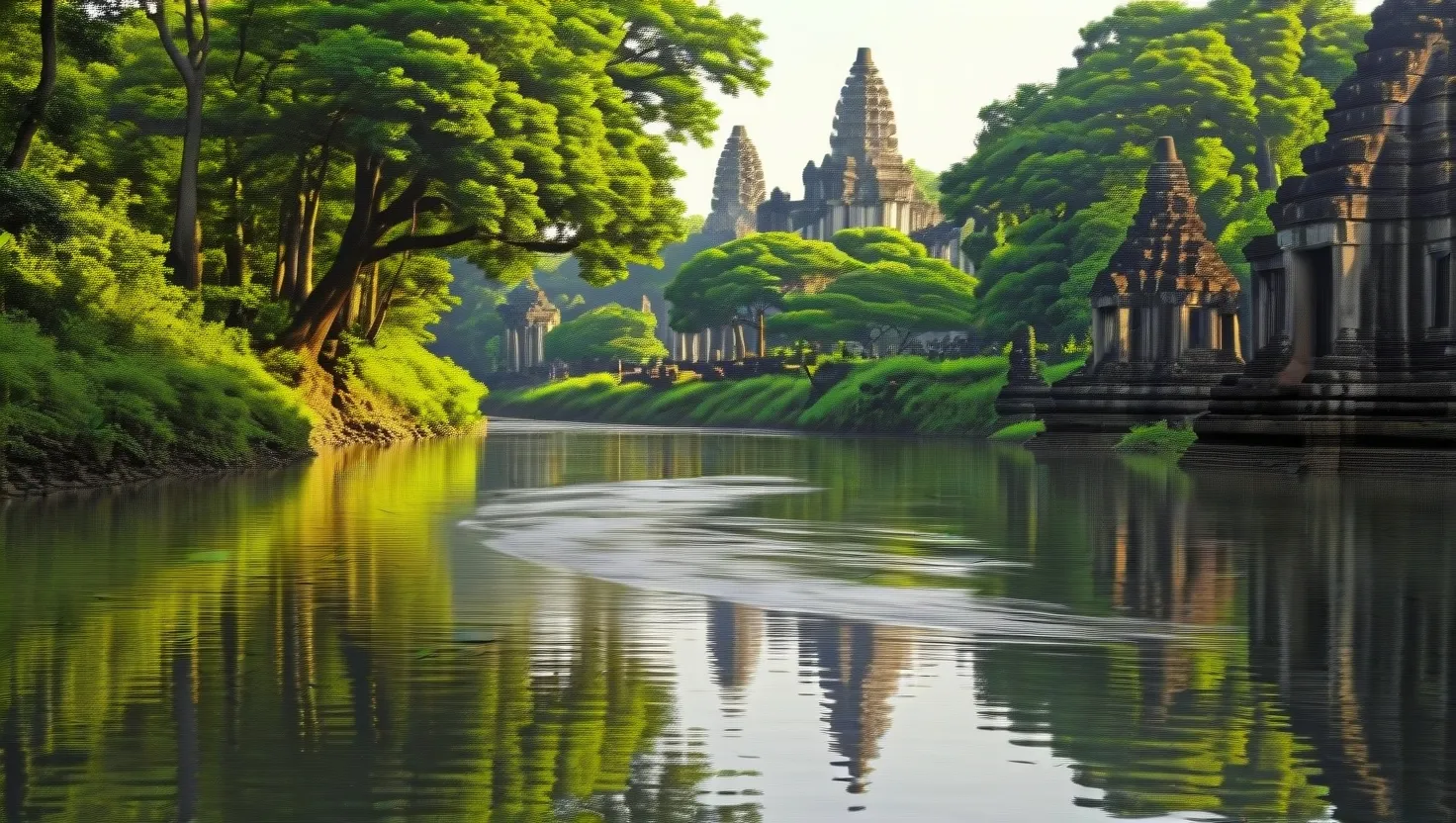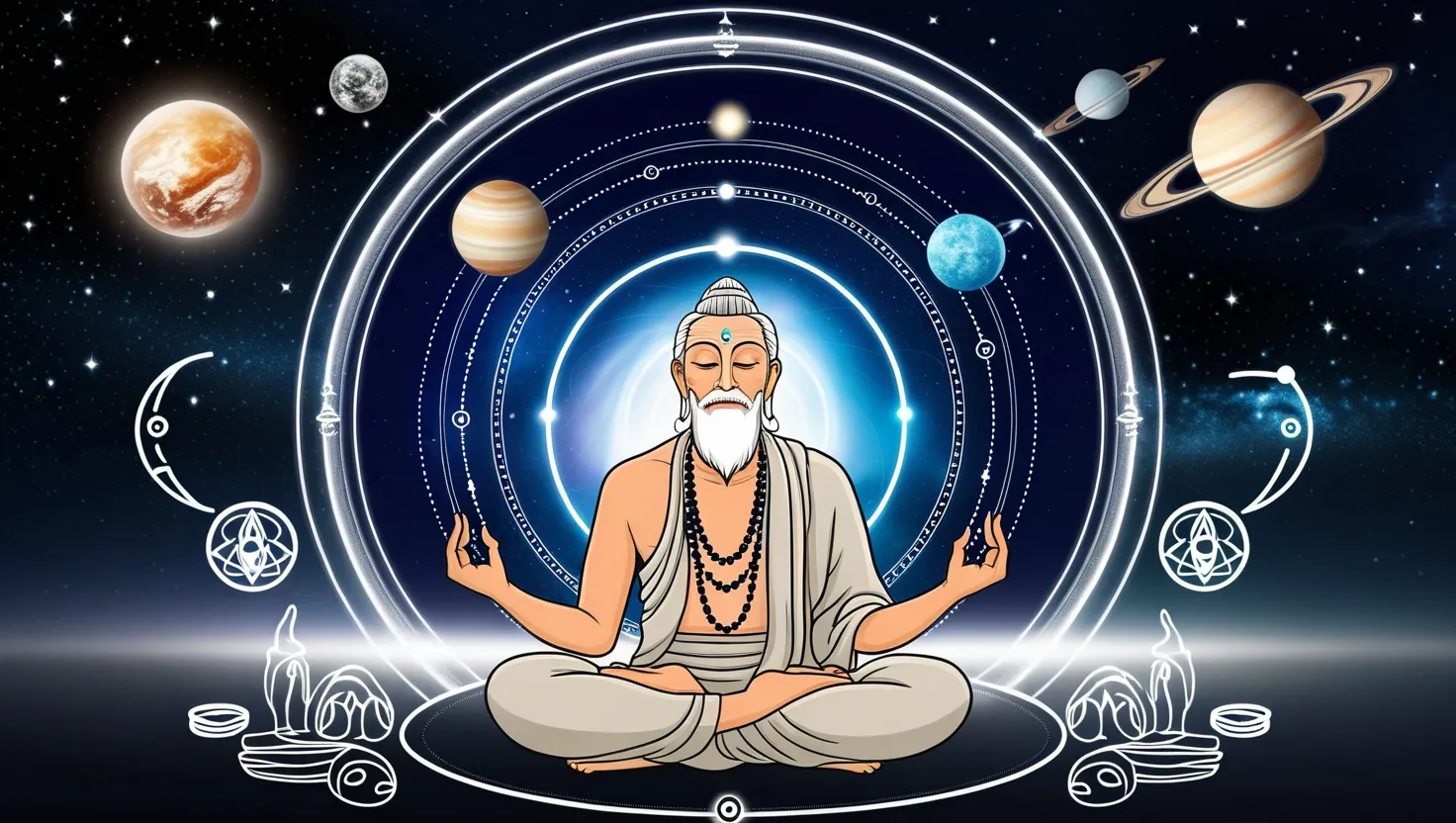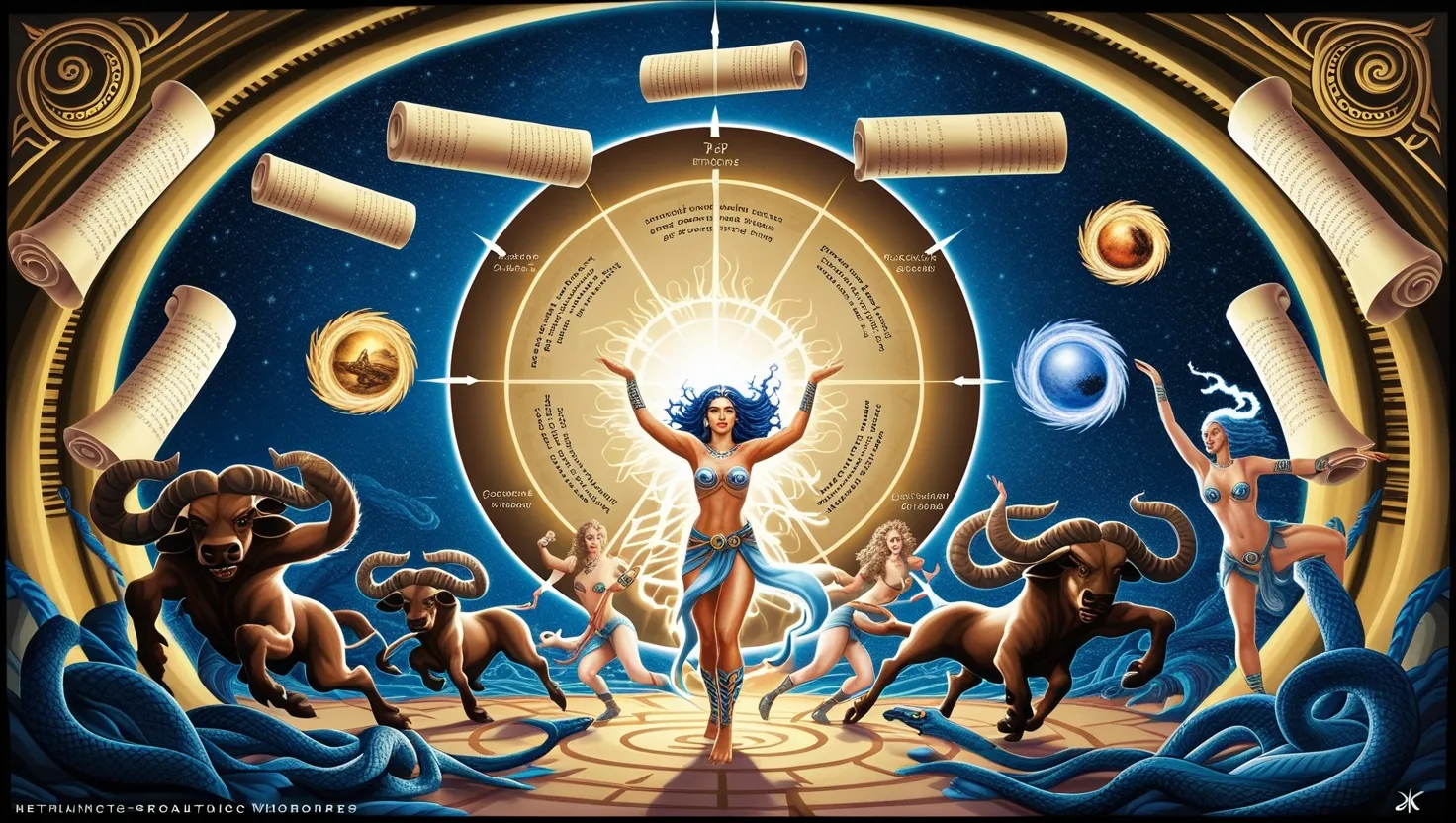In the very heart of Hindu mythology, there’s a legendary tale featuring Lord Shiva and the River Ganga. This is more than just a story—it’s a deeply ingrained part of India’s religious and cultural tapestry that’s been captivating and inspiring folks for generations.
Let’s talk about the Ganga, also known as Gange, Jahnavi, and Bhagirathi. It’s not just the biggest river in India but also the most sacred in Hinduism. The tale kicks off with Bhagiratha, a determined king on a mission to bring the Ganga to Earth. This wasn’t just for kicks; he wanted to lift a curse placed on his ancestors by Sage Kapila. After endless penance, the Ganga finally agreed to descend from the heavens.
Here’s where it gets interesting. The Ganga’s descent was so powerful that it threatened to obliterate the Earth. Lord Shiva had to step in to save the day. He channeled the river’s ferocious flow through his hair, averting the disaster. Today, Gangotri marks the river’s earthly origin, where it’s believed the waters still gush from Shiva’s locks, earning it the poetic name Jatashankari.
As it journeyed on, the Ganga ruffled more feathers, this time angering Sage Jahnu by flooding his ashram. After Bhagiratha’s intervention, Jahnu released the river, which is how the Ganga earned the name Jahnavi. Eventually, the river made it to Sage Kapila’s ashram, freeing Bhagiratha’s ancestors from their curse.
The Ganga stands out because it flows through the heavens, Earth, and the netherworld, making it a “Tripathaga.” In Hindu lore, the river is personified as a goddess who can purify sins and grant salvation. Just a touch of its waters, many believe, can lead to moksha, or liberation from the cycle of birth and death.
Beyond its spiritual significance, the Ganga is India’s lifeline. It quenches the thirst of 40% of the population and sustains vast agricultural fields. This river’s fertile basin is crucial for both India and Bangladesh’s economies. It’s also vital for the fishing industry, making it indispensable for countless livelihoods.
Cities like Varanasi, Haridwar, Gangotri, Allahabad, and Rishikesh are major hubs along the Ganga, each brimming with religious importance. These cities are pilgrimage hotspots, particularly during the grand Kumbh Mela festival. Haridwar holds a special place as the “Gateway to Heaven.”
A must-see ritual on the Ganga is the daily Ganga Aarti at twilight. Picture a scene filled with the fragrance of flowers and incense, priests performing rituals, and rhythmic bhajans echoing in the air. This ceremony is often described as a soul-stirring highlight for many visitors.
For the thrill-seekers, Rishikesh offers adventure tourism with river rafting, kayaking, and more. The Ganga’s turbulent rapids here create the perfect playground for adrenaline junkies.
The bathing ghats of the Ganga are iconic. Many Hindus believe that a dip in its waters can wash away sins. It’s common to see people visiting these ghats for holy baths or to witness funeral rites. Varanasi’s Manikarnika Ghat is especially famous for its cremation rituals, where families perform last rites for their loved ones.
Yoga retreats along the Ganga’s banks are popular, too. The serene environment and the river’s supposed healing properties attract many to drink its waters for ailments. The pristine origins in the Himalayas contribute to its perceived purity.
Mythologically, the Ganga is also tied to Lord Shiva. She’s said to have originated from Lord Vishnu’s feet and later became Shiva’s consort. Known also as Bhagirathi, she plays a key role in the purifying ritual across the three worlds.
The Ganga Stotram, penned by Adi Shankaracharya, is a beautiful hymn lauding the river. It portrays the Ganga as a divine river from the heavens, savior, and a symbol of purity. It emphasizes her role in bringing joy and liberation to those who take a dip in her waters.
The story of Shiva and the Ganga isn’t just a myth; it’s a reflection of the spiritual bond between the divine and nature. The Ganga, flowing as both a river and a goddess, continues to be a source of awe and devotion, symbolizing purity, salvation, and the endless cycle of life.






